When it comes to arm aesthetics and function, few muscles generate as much debate as the biceps. One of the most common—and misunderstood—topics in the fitness world is the distinction between long biceps and short biceps, or more precisely, bicep insertions. While both function similarly in movement, their appearance, strength potential, and impact on bodybuilding goals can vary significantly.
What Are Bicep Insertions?
The biceps brachii has two heads: the long head and the short head. The insertion point of the muscle refers to where it connects to the bone near the elbow. Some people naturally have long biceps, where the muscle belly extends closer to the forearm, leaving less of a visible gap between the end of the muscle and the elbow. Others have short biceps, where that gap is more pronounced.
This difference is entirely genetic. You can’t change your insertion point through training—no matter how many curls you do.
Long vs Short Biceps: Visual and Performance Differences
Long Bicep Insertions
-
Appearance: The muscle tends to look fuller and longer throughout the entire arm. When flexed, there's usually less of a gap near the elbow. This gives the arm a more “filled out” look.
-
Performance: Long biceps typically offer better leverage for pulling movements like rows and pull-ups. They may also have slightly more growth potential over time due to the longer muscle belly.
Short Bicep Insertions
-
Appearance: Often peakier when flexed, creating that dramatic mountain-like look many bodybuilders chase. However, the muscle doesn’t run as far down the arm, leaving a noticeable gap near the elbow.
-
Performance: Short biceps may not provide the same mechanical advantage in pulling exercises. But when it comes to showcasing biceps on stage or in photos, that high peak can be a major aesthetic advantage.
How to Tell if You Have Long or Short Biceps
A simple way is to flex your bicep and observe the space between the bottom of the muscle and the crease of your elbow. A larger gap typically indicates short biceps, while a smaller gap means you likely have long biceps. Some people even refer to this as the "finger test"—how many fingers you can fit between the muscle and the elbow crease.
Strength Differences: Are Short Biceps Stronger?
There’s no definitive answer, but generally, longer muscles with more muscle fibers have a greater potential for growth and strength. That said, short biceps can still become incredibly strong. Most strength differences boil down to training consistency, overall muscle development, and biomechanics—not just insertion points.
My Experience Training Clients with Different Bicep Insertions
I’ve coached athletes and everyday gym-goers with all types of biceps. One of my clients—a competitive bodybuilder—had short biceps with an insane peak. His arms turned heads during every single pose. Another client, with long biceps, didn’t have the same peak, but his arms looked massive and full from shoulder to elbow.
What mattered most wasn’t their insertion—it was how they trained. Smart programming, good form, and progressive overload made all the difference.
Can You Train Around Your Genetics?
Absolutely. While you can’t change your insertion, you can tailor your training to highlight your strengths:
-
If you have short biceps, focus on exercises that emphasize peak contraction like concentration curls or spider curls.
-
For long biceps, build thickness with hammer curls, preacher curls, and heavy compound pulling movements.
Focus on overall arm development, and remember that the triceps make up the majority of your upper arm mass—so don’t neglect them.
Bodybuilders with Short Biceps
Some of the biggest names in bodybuilding—like Arnold Schwarzenegger—had short biceps, yet they built world-class peaks that became iconic. Their success was proof that bicep insertion doesn’t limit your potential—it just shapes the strategy.
Final Thoughts
Whether you have long or short bicep insertions, the key is to train smart, stay consistent, and embrace your natural structure. Both types have their advantages. Long biceps might give you a fuller arm look and more strength potential in some lifts. Short biceps might give you that dramatic peak that grabs attention.




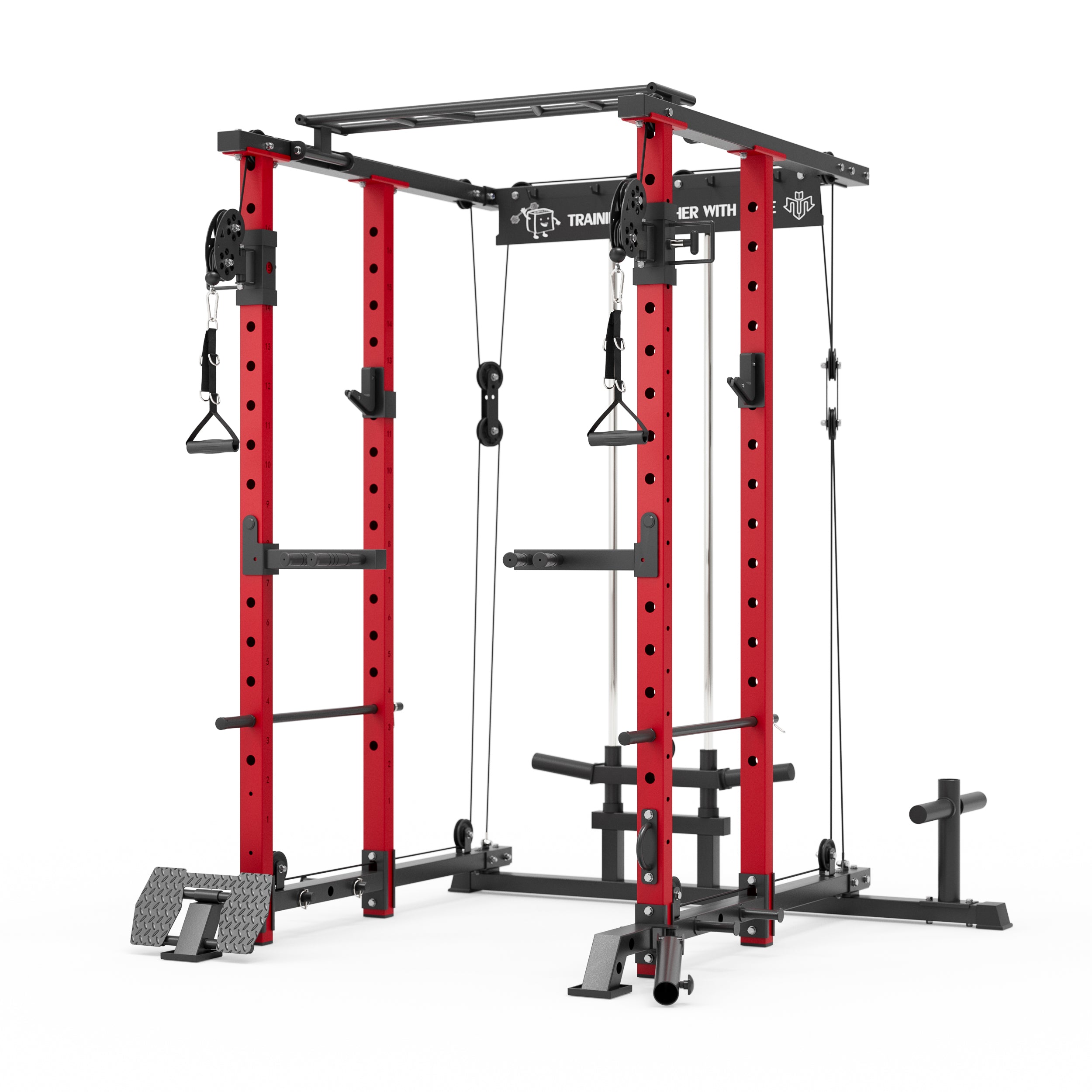


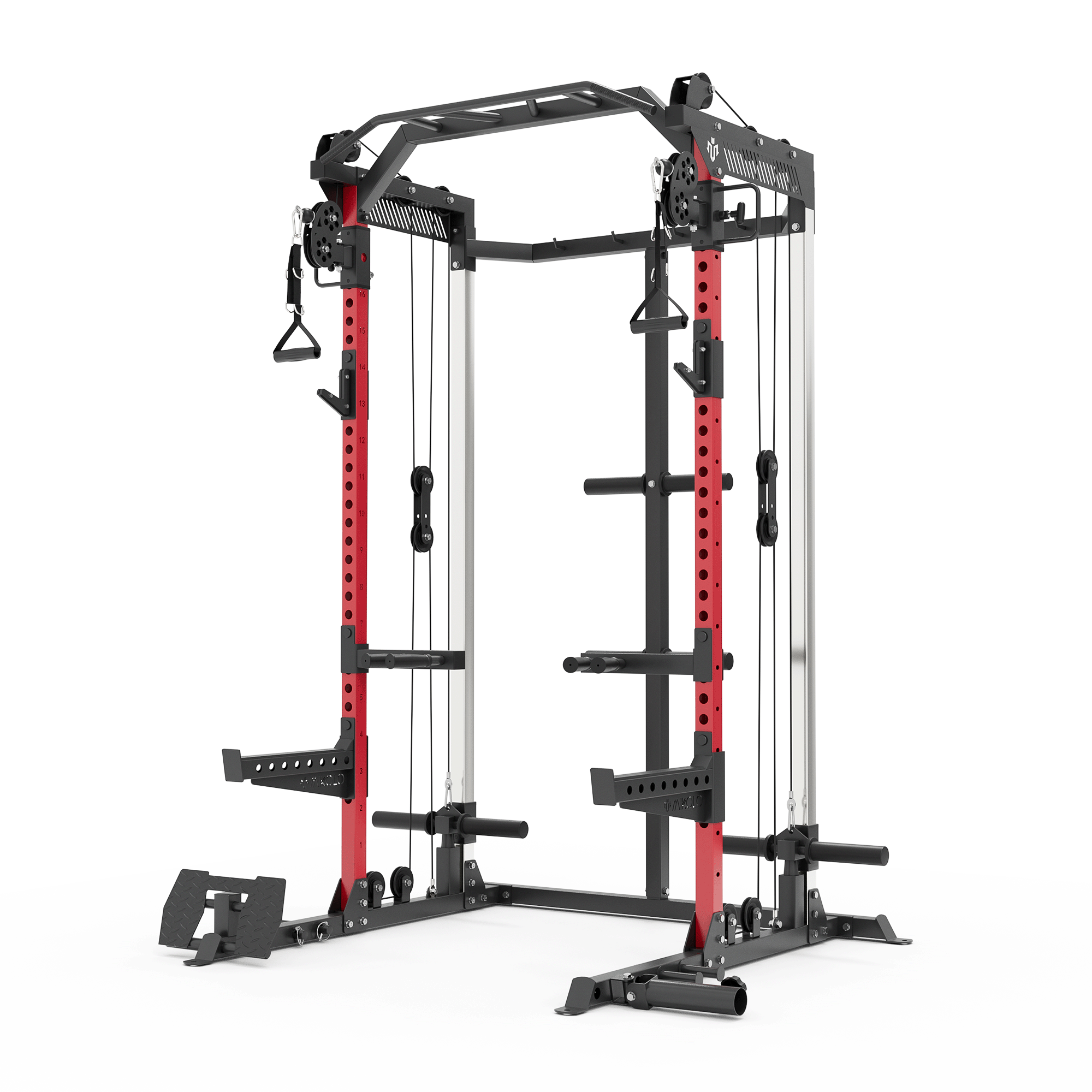




















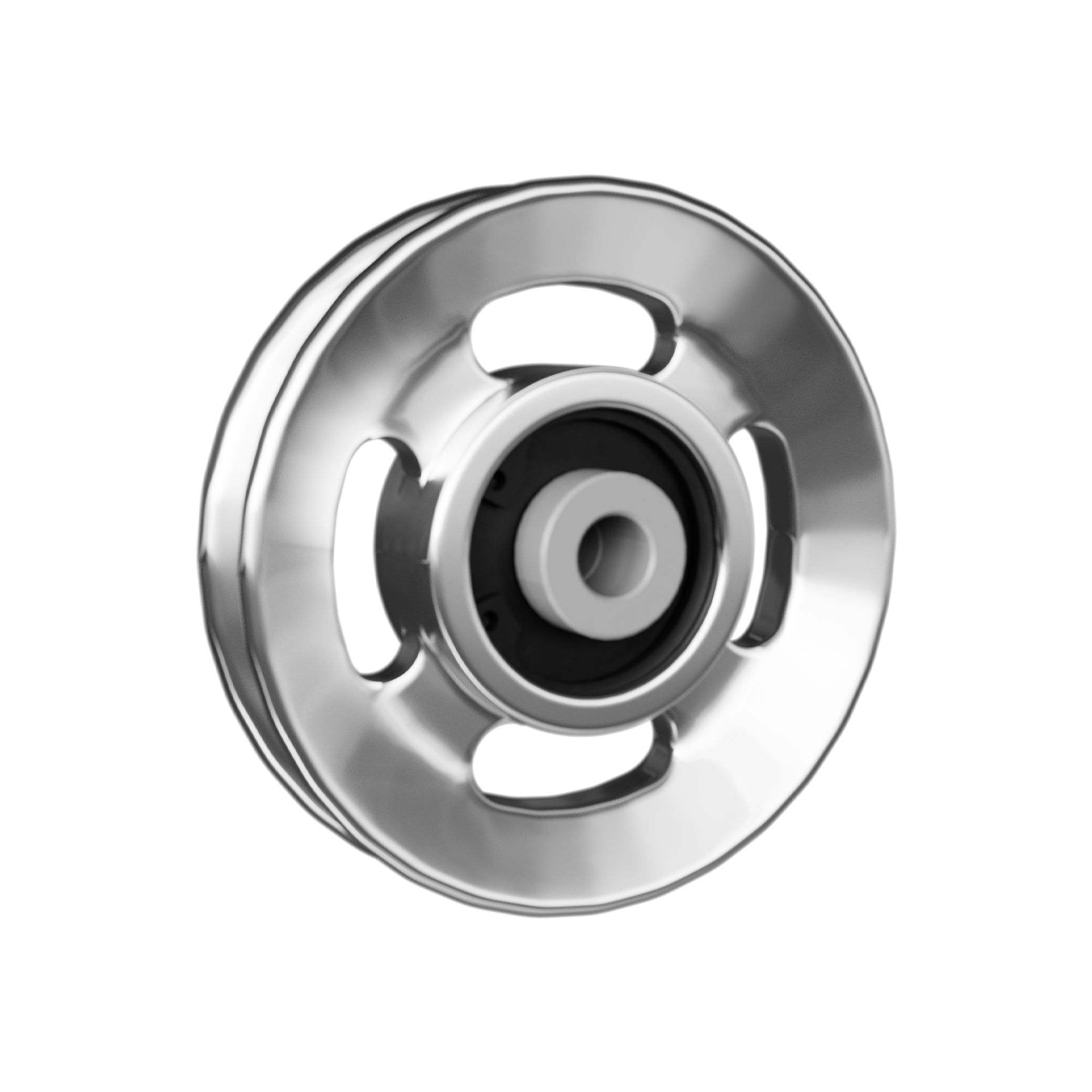



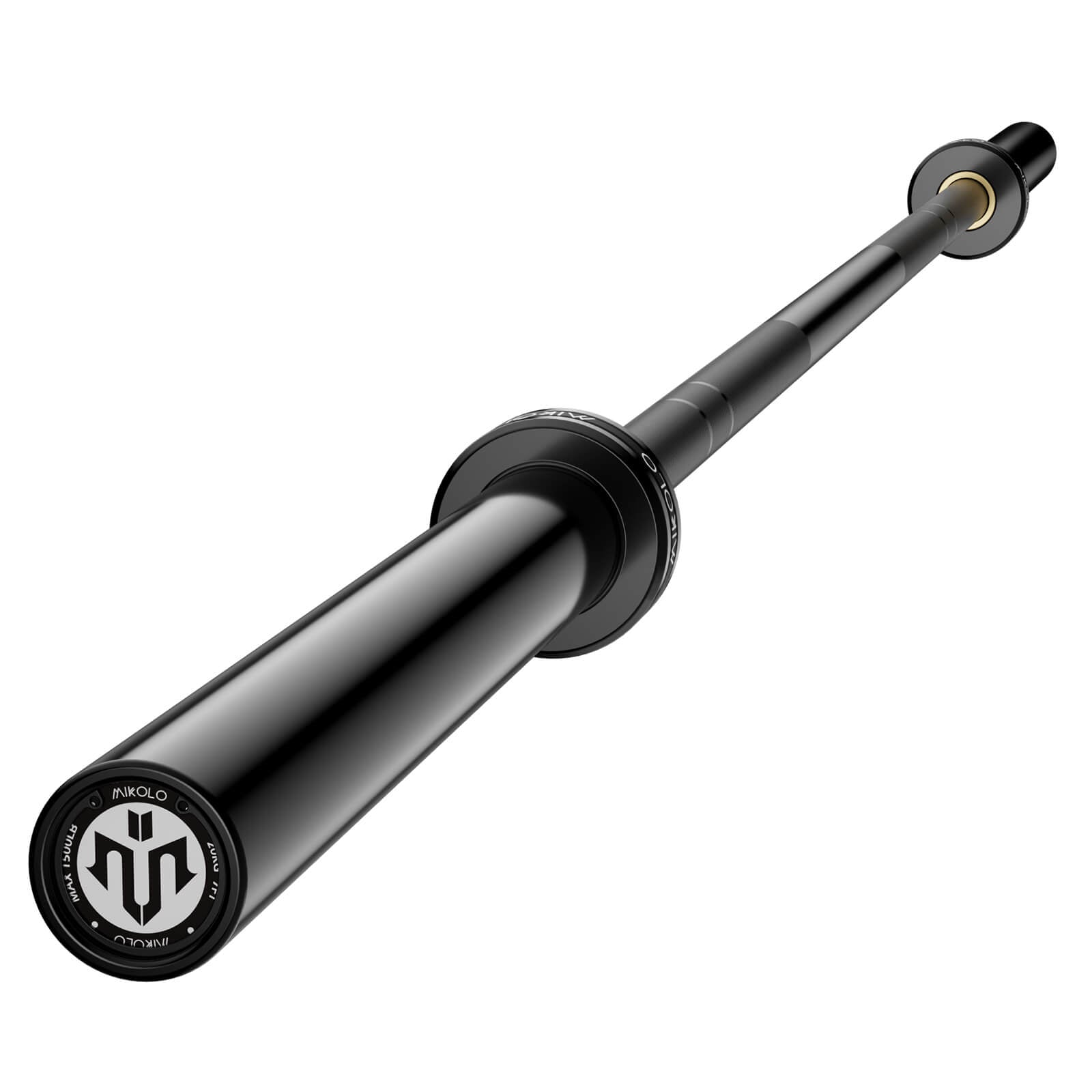




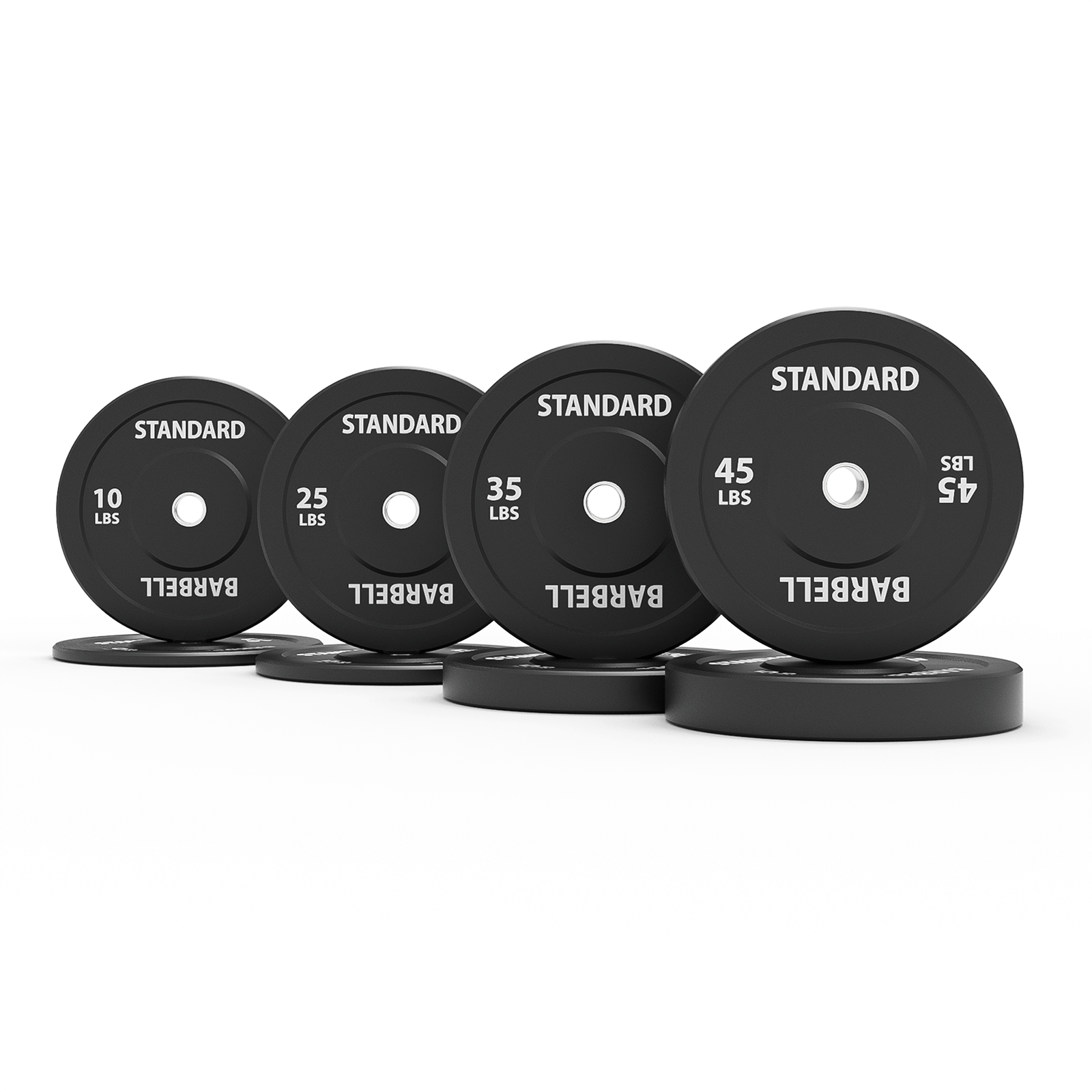




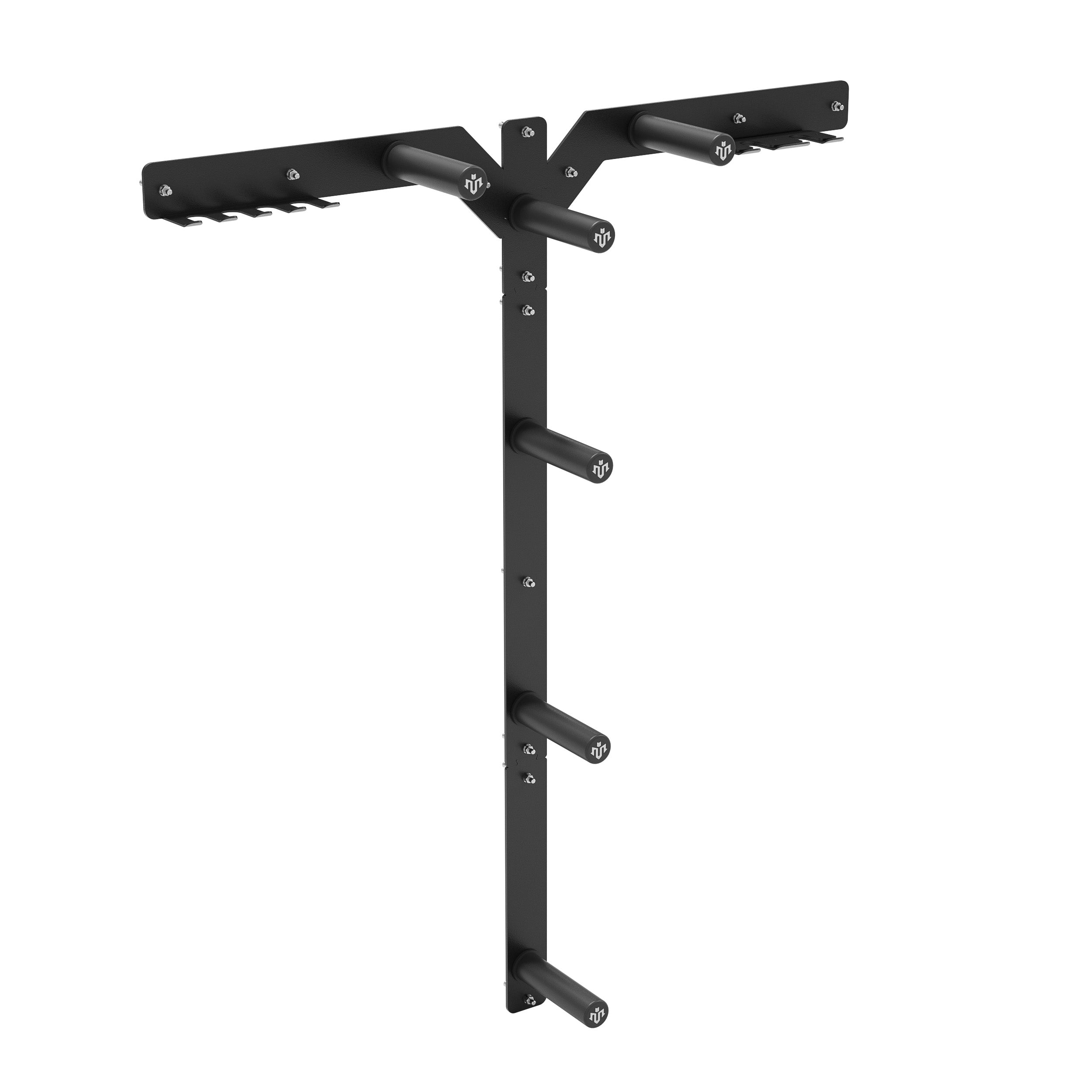




Leave a comment
This site is protected by hCaptcha and the hCaptcha Privacy Policy and Terms of Service apply.